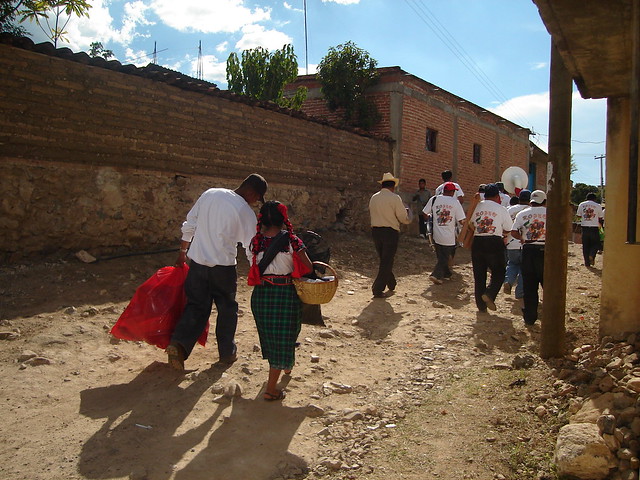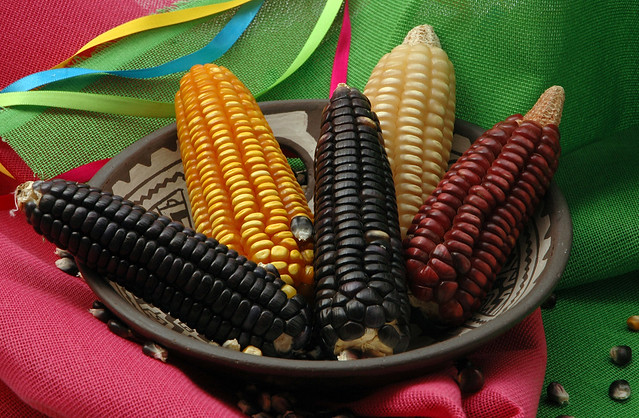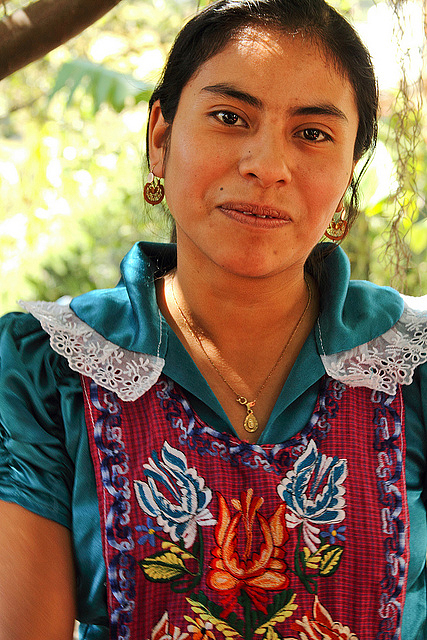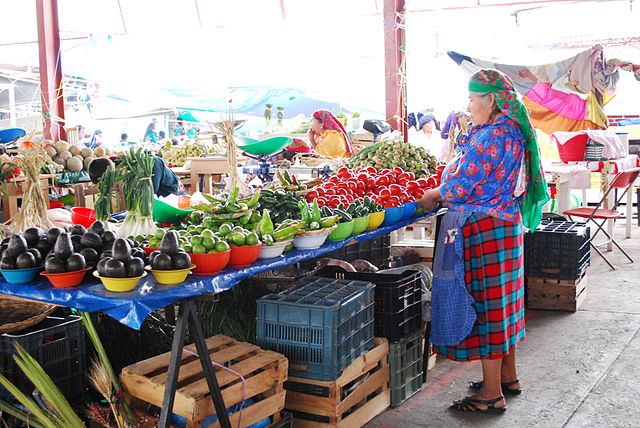The migration by Zapotec farmers to find work north of the Mexican border is now fostered as much by global climate change as it is by other economic factors. A 2,400-word article published in the National Observer, a Canadian news website, on Monday last week explains the nature of the migration, its causes, and, most critically, the ramifications for the Zapotec families and communities left behind.

The journalist, Charlie Fidelman, indicates that he has known his subjects, the Hernandez family, for about 10 years. The family lives in San Bartolomé Quialana, a Zapotec community in the Central Valley of Oaxaca. About 80 percent of the men in the town have moved north and send monetary remittances back to their families. On the streets, a visitor would notice mostly women with their children dressed in traditional clothing and speaking Zapotec.
The author provides a lot of information about his selected family. Javier, the seventh and last Hernandez son, was 19 and had no prospects for work or for a useful life if he were to stay in his home community. So he contacted some coyotes and arranged to be smuggled north to the U.S.. A short distance from the border, however, they turned vicious.
They beat the young man severely and put a call through to his family back in Oaxaca demanding a $10,000 ransom in return for his life. Then they buried him alive with only straws down to his nose so he could breathe until the family came through with the money. They were able to borrow the funds and Javier returned to his homeland. At least briefly—he is now at an undisclosed spot in “el Norte” working two jobs for a living.
The author gets a tour of the family homestead with Erika, one of three daughters to have stayed in Oaxaca. She points to improvements in the house that have been financed with funds sent back by the sons working in the north.

Erika dips into one of the themes of the article—that climate change is having a profound effect on the Zapotec farmers. She points out that the family’s cornfield is located on the outskirts of the town and has no source of guaranteed water. When there is no rain, caused by climate change, the corn does not grow as well as it should. “Everyone is leaving because there’s no work and no water,” she tells the author. He emphasizes the importance of raising corn to the Mexican people as a symbol. He quotes a popular Mexican saying: “We’re children of corn.”
The author interviews Lauren Baker, a Toronto researcher and authority on the corn culture in Mexico, to find out what impact climate change is having on the corn culture among the Zapotec. He asks her what the risk might be for the Zapotec and for the rest of the Mexican corn culture from climate change.
Ms. Baker replies that the entire culture is at risk—young people are losing their interest in farming, there is an increasing tendency to limit their crops to only a few varieties, and so on. And of course, the trend of young men to migrate north to find work appears to be growing.

But that trend has had serious social consequences for the Zapotec people. In some communities, the streets are mostly occupied by women and children plus old men and some stray dogs. The reality is that it is unlikely the men will come back soon. Perhaps never.
Many have married in America and they have American children. Many of the men won’t risk crossing the border again since, as illegal immigrants, they might get caught, which would endanger their (mostly) American families. Erika says that they have a lot of phone conversations with their families in the U.S., but her parents have grandchildren they have never met.
Sociologist Socorro Monterrubio, who has worked with Zapotec communities in Tlacolula, explained that this economic migration is now a way of life for the people. Women are increasingly forced to accept nontraditional roles as heads of families and providers, as workers in the fields, and as directors of their children’s up-bringing. (This is true, at least, for the ones whose husbands return home from time to time.) And some of the men who return periodically to impregnate their wives are temporarily leaving second wives and families in the U.S. Abandoning their Zapotec partners “is more common than you think,” Monterrabio says.

Many women work in the corn fields, care for the farmyard fowl, raise the children, and, increasingly, work as domestics, clean houses, and take positions as caregivers. In addition, of course, they take responsibilities for the skills passed down by their mothers: making not only tortillas and tamales but also baskets and rugs, pottery and ceramics, and crafts with sewing and embroidery on them. They routinely go into the major market in Tlacolula on Sundays to socialize and to sell their wares.
Mr. Fidelman concludes his article with an analysis of the current state of the Mexican immigration into Canada—which, figures show, is increasing.